Found 23 movies, 1 TV show, and 0 people
Can't find what you're looking for?

A documentary, chronicling the creation and continuation of the Fallout franchise. From their inspiration, to fan backlash; see how the Fallout series has changed from a top-down tactical-RPG, to an open world FPS with RPG elements. Learn about the failings of Interplay and the -to some- heroism of Bethesda. We hope you enjoy this documentary.

A series of Civil Defense spots explaining to American farmers what to do in the event of a Nuclear attack.

Nuclear Fallout follows the quest of two army veterans fighting for access to health care for fellow service members exposed to cancer-causing radiation while serving on a top-secret nuclear cleanup operation in the Marshall Islands.
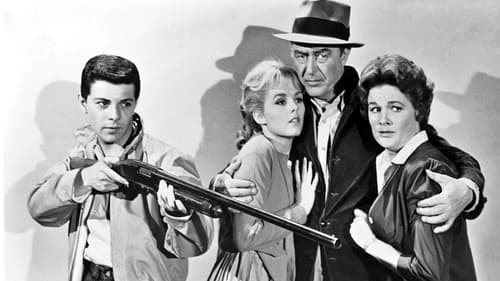
While on a fishing trip, Harry Baldwin and his family hear an explosion and realize that Los Angeles has been leveled by a nuclear attack. Looters and killers are everywhere. Escaping to the hills with his family, he sets about the business of surviving in a world where, he knows, the old ideals of humanity will be the first casualties.

With the help of government-issued pamphlets, an elderly British couple build a shelter and prepare for an impending nuclear attack, unaware that times and the nature of war have changed from their romantic memories of World War II.
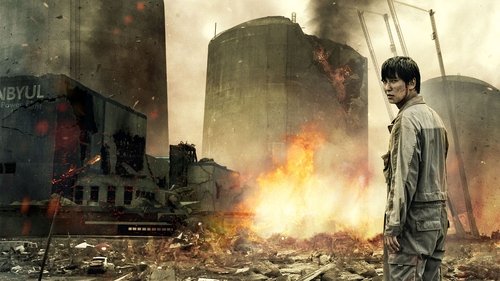
When an earthquake hits a Korean village housing a run-down nuclear power plant, a man risks his life to save the country from imminent disaster.
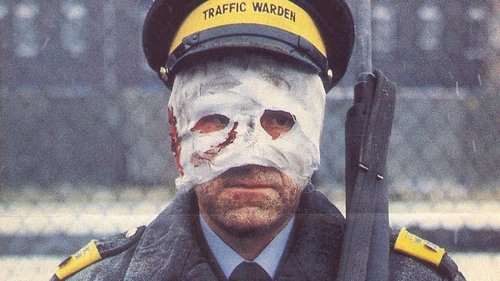
Documentary style account of a nuclear holocaust and its effect on the working class city of Sheffield, England; and the eventual long run effects of nuclear war on civilization.
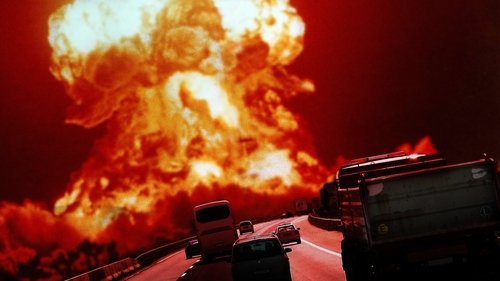
In the mid-1980s, the U.S. is poised on the brink of nuclear war. This shadow looms over the residents of a small town in Kansas as they continue their daily lives. Dr. Russell Oakes maintains his busy schedule at the hospital, Denise Dahlberg prepares for her upcoming wedding, and Stephen Klein is deep in his graduate studies. When the unthinkable happens and the bombs come down, the town's residents are thrust into the horrors of nuclear winter.

Discusses the physics, effects and defense against nuclear fallout. Describes the phenomena of natural radiation and the dangers of fallout. Explains the value of time, distance and mass in weakening the effect of residual radiation. Examines the effects of radiation on the body, food and water. Underscores adequate shelter and prescribed decontamination measures.

This Cold War civil defense film attempts to persuade viewers that building a home fallout shelter is a smart thing to do, and they are easy and economical to build. The film shows how to construct a durable, concrete shelter suitable for surviving a nuclear blast; it was made in 1963 and presented by the Department of Defense. The basic premise of the film is that it follows Civil Defense Director Hank Adams as he guides the Warren Family through construction of their own basement fallout shelter. The original catalog entry for this movie noted that: "This film is designed not only for those living in suburban or rural areas too far removed from the nearest community shelter-but also for those in urban sections who, for reasons of personal preference or convenience, would rather rely on a family shelter for fallout protection."
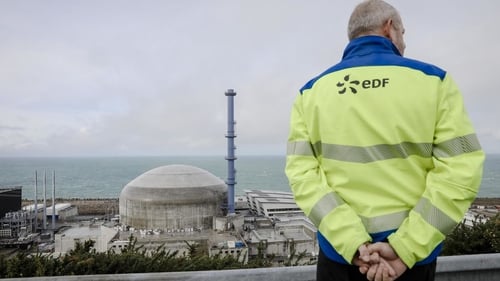
No description available for this movie.

Thirty-five years ago, Bruce Beach started construction on the 'Ark Two'—an underground nuclear fallout shelter that he designed and built himself. The structure is made up of forty-two school buses that were linked together and buried under twelve feet of concrete and earth. Over the years, the project has attracted the attention of people across the world and has been met with differing opinions—from other 'preppers' who celebrate it, to folks who think the whole idea is crazy. 'You Will Survive Doomsday' is a portrait of Bruce that explores his unconventional journey and the reasons behind it.
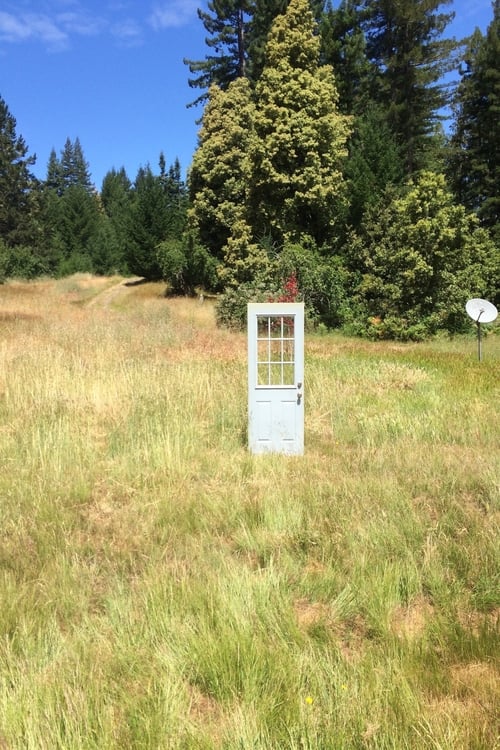
Following a global nuclear war, two soldiers from opposing sides wander the battlegrounds searching for signs of life.

A man named Walt who has recently completed building a fallout shelter in his home, a project initiated due to the threat of nuclear war during the Cold War era. Walt demonstrates to his friends the multi-functionality of the shelter, which can also serve as a darkroom, an extra bedroom, or a safe space during tornadoes. He explains the construction process in detail, emphasizing the need for precise measurements, proper leveling, and the use of concrete blocks for radiation protection. The shelter includes a stock of essentials like a radio, batteries, and a fire extinguisher. Walt’s narrative is interspersed with advice on obtaining official bulletins for guidance and the importance of building shelters correctly. The film concludes with a message from the Director of the Office of Civil and Defense Mobilization, advocating for the construction of family fallout shelters across America as a means of personal safety and national security in the nuclear age.
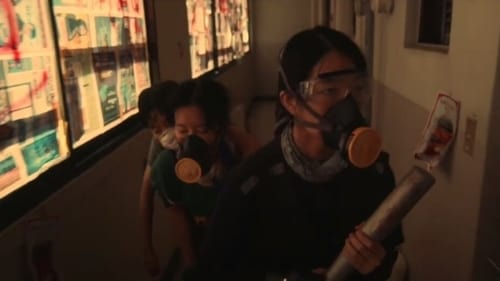
In a devastated near-future Korea, a family venture through their apartment building hoping to attain life-saving ice. By any means necessary.
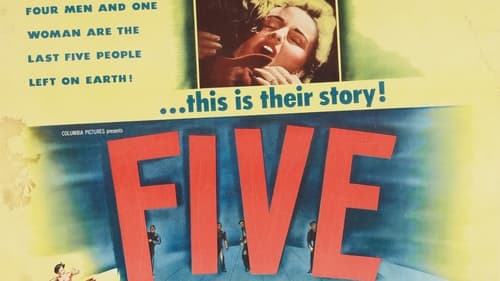
The film's storyline involves five survivors, one woman and four men, of an atomic bomb disaster. The five come together at a remote, isolated hillside house, where they try to figure out how to survive.

After a catastrophic global war, a young filmmaker awakens in the carnage and seeks refuge in the only other survivor: an eccentric, ideologically opposed figure of the United States military. Together, they brave the toxic landscape in search of safety... and answers.
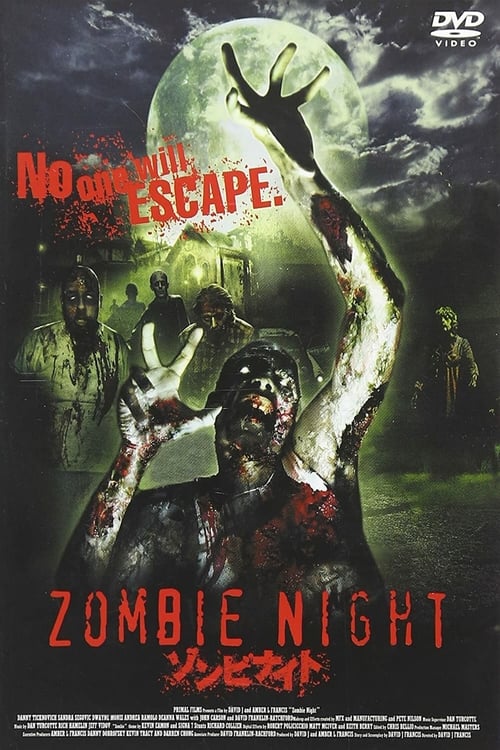
Pakistan and India exchange nukes. Other countries join the fray, and the nuclear fallout causes a plague of the living dead. David attempts to lead a band of survivors from safe house to safe house, hoping to outlast the zombies, while also trying to protect the group from the machinations of a survivor and former member of his party bent on revenge.

Educational film for civil defense personnel on requirements for a fallout shelter. Explains types of shelters and degrees of protection.

The film features a meeting led by Dave Taylor, the shelter manager, discussing the protocols and responsibilities for staff members involved in managing a public shelter. Key participants, including operations deputy Harvey Johnson and health leader Mrs. Carter, outline their roles in ensuring a smooth entry for occupants during an emergency. The meeting emphasizes the importance of organization, communication, and the distribution of supplies. Staff members are encouraged to familiarize themselves with each other's duties and prepare for potential scenarios, including managing newcomers and ensuring safety and sanitation within the shelter.

A Thief messes with the wrong Mailman at a General Store. Courier is Fallout 4/New Vegas inspired Short fan made film made with a budget less than a 100 euros
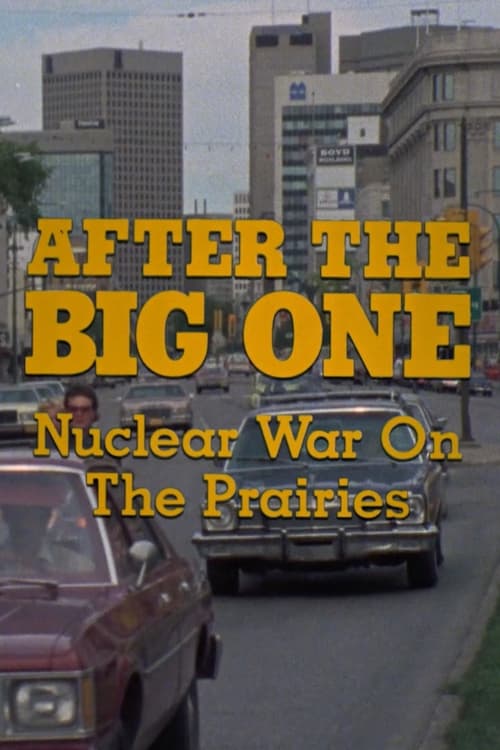
This film deals straightforwardly with the consequences of a nuclear attack for the Canadian Prairies. The Prairies are singled out because of their proximity to huge stockpiles of intercontinental ballistic missiles located in North Dakota. Scenes include a visit to a missile base and to an emergency government bunker in Manitoba. A doctor, a farmer and a civil defence coordinator provide different perspectives on nuclear war. Although the film focuses on one region, it provides a model for people everywhere who would like to know more about their own situation but don't know what questions to ask.

Created in 1963 at the height of the Cold War, this Civil Defense training film uses a dramatic premise to show how emergency staff should manage and organize a large public fallout shelter during a crisis. A Shelter Manager is shown immediately taking control of the situation in the shelter, speaking calmly to those who have made it into the facility, closing the door promptly once the shelter is full, and sticking to the "shelter plan" as the situation unfolds. Some of the areas discussed in this nuclear war drama are the safety plan, regular inspections, supervised public entry into shelters, ventilation, first aid, sanitation, fire prevention, decontamination of personnel, and more. "Shelter living is different," the Manager states, "But we have a trained staff that will make your stay in this shelter livable for us all."